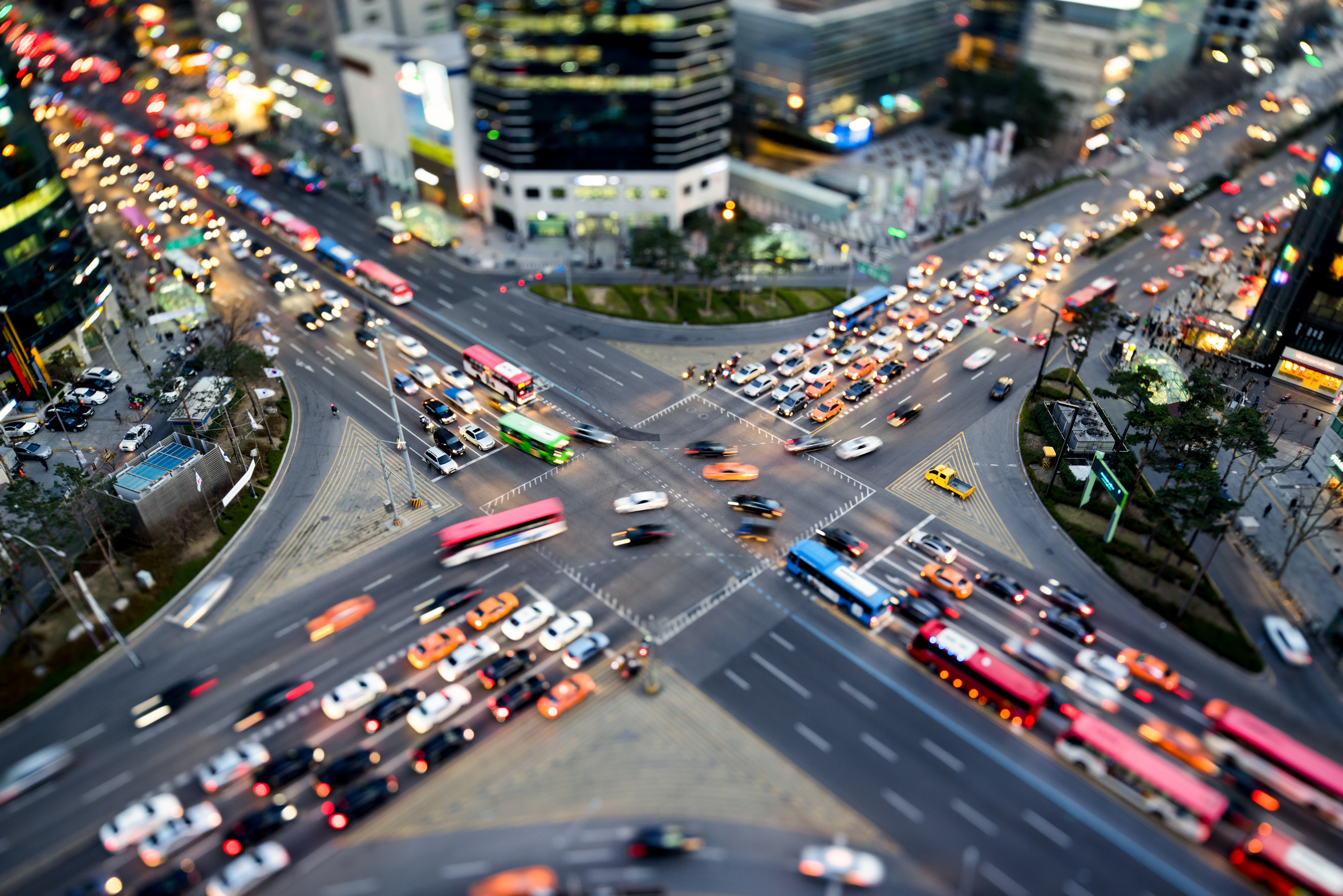Considering the interactions between mobility requirements, the required mobility services and the resulting operational and vehicle planning forms the essential basis for managing the public transport sector and operating vehicle fleets ecologically and economically. On the one hand, this requires consideration of the cost-benefit analysis of vehicles and vehicle types and, on the other hand, economical, customer-oriented and traffic-dependent planning of operations. The following topics provide an insight into the work and research topics of Fraunhofer People Mobility
Transport and Infrastructure Management
Transport network models and equipment operating models concepts for public transport and private motorized transport

Many transport companies want or will have to integrate electrically powered buses into their fleets in the near future. However, this does not make equal sense for every route. Analytical tools, especially developed for this purpose, can identify the suitable routes in a network and produce detailed plans for the introduction.
Modern software tools are used to develop models of transport demand and transport networks for public transport as well as private transport and to conduct life-cycle cost analyses. These form the basis for cost-benefit comparisons for public transport systems. Possibilities to introduce innovative transport systems are also included.
Project example:
Electric bus systems – introductory schemes (project page, Fraunhofer IVI)
Identifying the current traffic situation

Different methods and techniques can be used to document the volume and flow of traffic. Induction loops and stationary sensors are used to monitor well-known critical sections or traffic hubs/junctions; data can be collected from cars on particularly busy roads and manual counts can be used to survey temporarily interesting points in the traffic network.
It makes sense to supplement these methods by video systems, developed by Fraunhofer People Mobility. Whether they are used in stationary or mobile applications, they are easy to install. In addition to the traffic volume and classification of vehicles, these systems are also able to measure speeds and the length of traffic tailbacks at busy traffic hubs/junctions.
Using all the gathered data, Fraunhofer People Mobility makes forecasts for other parts of the transport network and develops the necessary models.
Project examples:
Video sensors to collect data from road traffic (project page, Fraunhofer IVI) – development of a video sensor and software to collect data from road traffic that can automatically determine traffic parameters from sequences of images.
Surveying overtaking maneuvers (project page, Fraunhofer IVI) – project on behalf of the German Federal Highway Research Institute (BASt) to record overtaking maneuvers.
 Fraunhofer-Allianz Verkehr
Fraunhofer-Allianz Verkehr